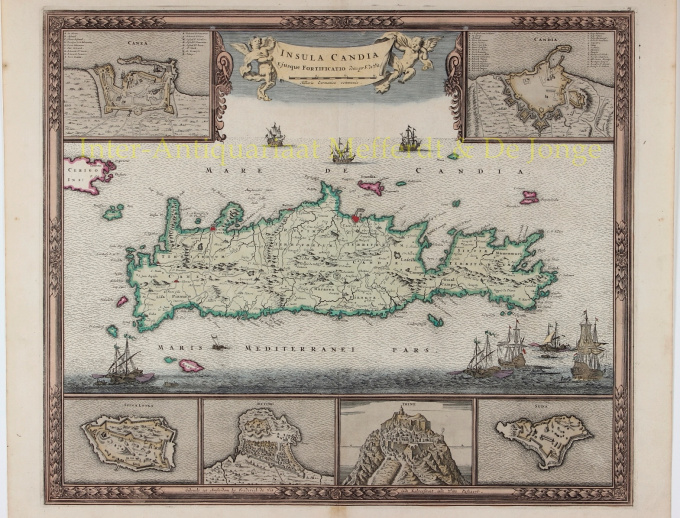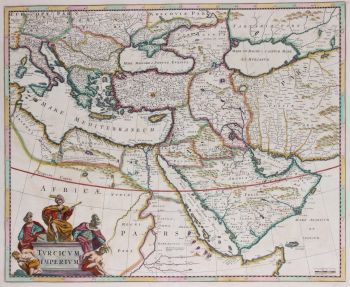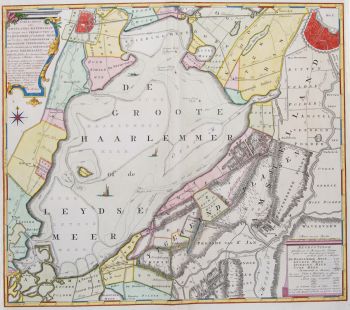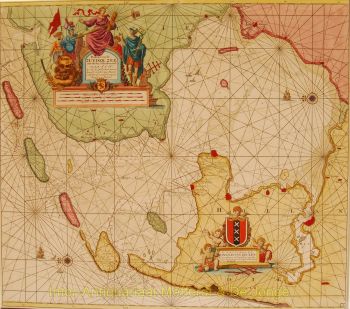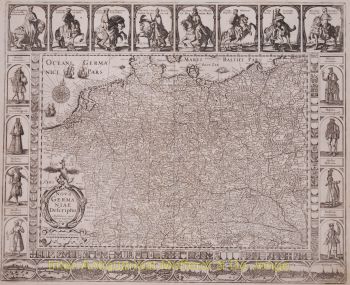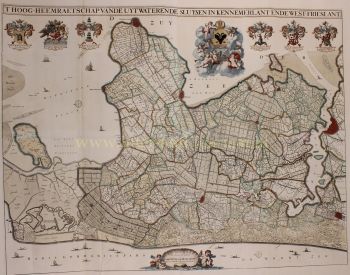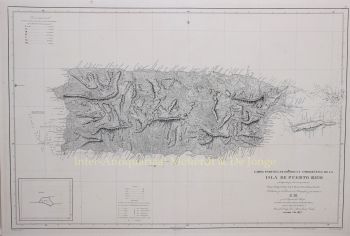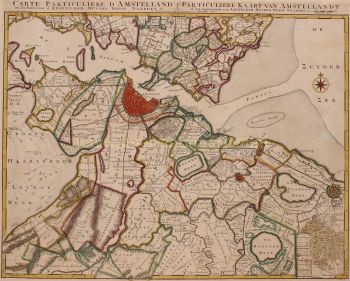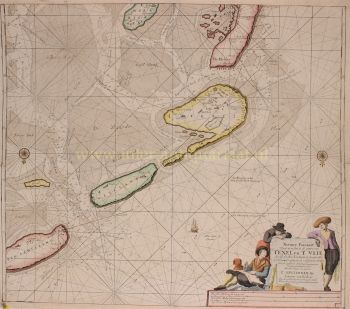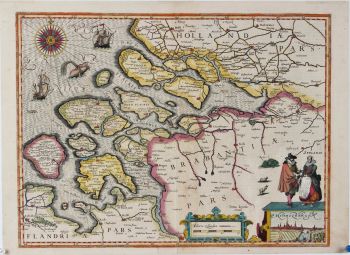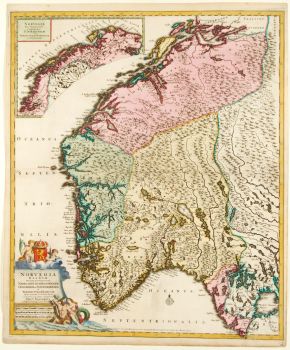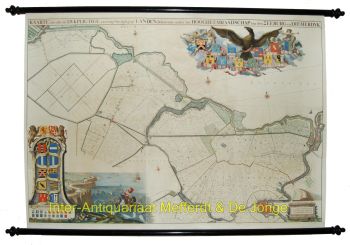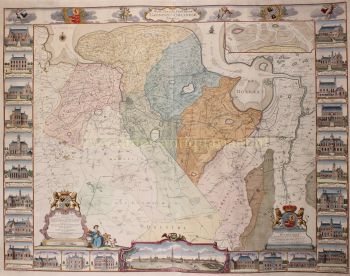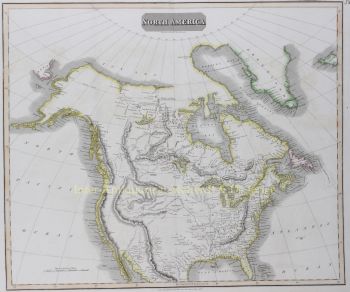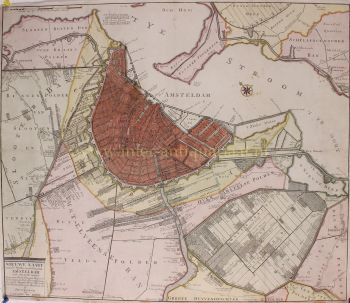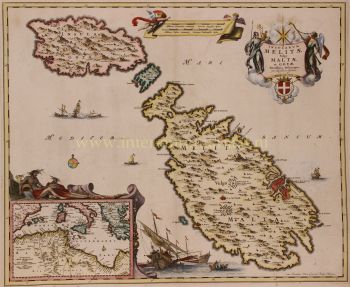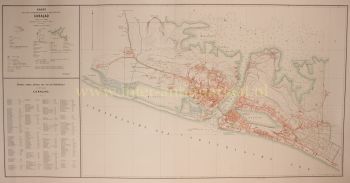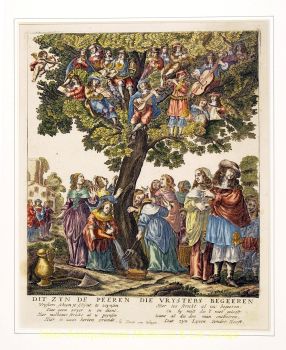Mapa de Creta 1680
Frederick de Wit
€ 1.450
Inter-Antiquariaat Mefferdt & De Jonge
- Sobre la obra de arteMAP OF CRETE "Insula Candia Ejusque Fortificatio. "Copper engraving by Frederick de Wit, published in Amsterdam c. 1680, with original hand colouring. Size: 46 x 54,5 cm. One of the most decorative maps of Crete, based on the map by Sébastian de Pontault Beaulieu, a French military engineer who had mapped the fortifications of many Mediterranean islands. His map of Crete was published in 1674, only five years after Crete had fallen to the Ottomans after a 21-year siege (the longest siege in history). The Siege of Candia [modern Heraklion], the capital of Crete, was the central event of the sixth Turkish-Venetian War, better known as Cretan War, or War of Candia. It was a conflict between the Republic of Venice and her allies (the Knights of Malta, the Papal States, French volunteers, and pirates from Mani) against the Ottoman Empire and the Barbary States, fought over the Venetian possession of Crete. The war lasted from 1645 to 1669, and was fought in Dalmatia, Crete, and in numerous naval engagements in the Aegean Sea. On the map the seas around the island are filled with galleons and galleys representing this epic struggle. Above the map the title is on a banner held aloft by putti, and the corners have plans of the towns and fortifications of Chania and Heraklion. Under the map are plans of the fortifications of Spinalonga, Rethymno, Tylissos [Thine] and Suda. Price: Euro1.450,-
- Sobre el artistaFrederik de Wit nació como Frederik Hendriksz. Nació en una familia protestante alrededor de 1629, en Gouda, una pequeña ciudad de la provincia de Holanda, una de las siete provincias unidas de Holanda. Su padre, Hendrik Fredericsz (1608 - 29 de julio de 1668) era un adjunto (fabricante de mangos de cuchillos) de Amsterdam, y su madre Neeltij Joosten (m. Antes de 1658) era hija de un comerciante en Gouda. Frederik se casó el 29 de agosto de 1661 con Maria van der Way (1632-1711), hija de un rico comerciante católico de Ámsterdam. Desde aproximadamente 1648 hasta su muerte a fines de julio de 1706, De Wit vivió y trabajó en Amsterdam. Frederik y Maria tuvieron siete hijos, pero solo un Franciscus Xaverius (1666-1727) les sobrevivió. En 1648, durante el apogeo de la Edad de Oro holandesa, De Wit se había mudado de Gouda a Amsterdam. Ya en 1654, había abierto una imprenta y una tienda con el nombre "De Drie Crabben" (los Tres Cangrejos), que era también el nombre de su casa en Kalverstraat. En 1655, De Wit cambió el nombre de su tienda a "Witte Pascaert" (la carta blanca). Bajo este nombre, De Wit y su firma se hicieron conocidos internacionalmente.
¿Está interesado en comprar esta obra de arte?
Artwork details
Categoría
Related artworks
- 1 - 4 / 4
- 1 - 4 / 24
- 1 - 4 / 12

